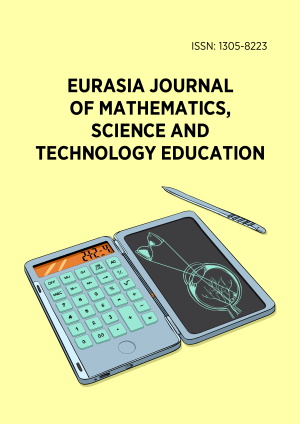Abstract
The United Arab Emirates (UAE), in its vision 2021 and the UAE centennial 2071 plan, highlights the essential role of artificial intelligence (AI) and technology in shaping a knowledge-based, future-ready society. This study explores the integration of AI in physics classrooms, focusing on secondary education in the UAE. It also investigates the perceptions and self-efficacy of physics teachers regarding the use of AI tools in classroom settings. A qualitative research design was employed to gather in-depth insights from 15 physics teachers across schools in Sharjah, assessing their confidence and readiness for AI integration through the lens of the attitude and value, pedagogical, technical, and social (APTS) model. This model served as the theoretical framework, guiding the exploration of how AI affects teachers’ emotional, behavioral, and cognitive engagement in education. Themes such as teachers’ familiarity with AI, their confidence in implementing AI tools, challenges faced during integration, and the impact of AI on student engagement and learning outcomes were examined. The findings revealed that while the majority of teachers expressed positive attitudes toward using AI technologies, the integration of AI into the teaching of physics remains limited, with challenges including a lack of training, infrastructure, and time. The study recommends incorporating AI training for teachers, both pre-service and in-service, to ensure that educators are prepared to create learning environments that align with the UAE’s vision for a technologically advanced education system.
License
This is an open access article distributed under the Creative Commons Attribution License which permits unrestricted use, distribution, and reproduction in any medium, provided the original work is properly cited.
Article Type: Research Article
EURASIA J Math Sci Tech Ed, Volume 21, Issue 8, August 2025, Article No: em2679
https://doi.org/10.29333/ejmste/16660
Publication date: 01 Aug 2025
Online publication date: 28 Jul 2025
Article Views: 8229
Article Downloads: 3088
Open Access References How to cite this article
 Full Text (PDF)
Full Text (PDF)